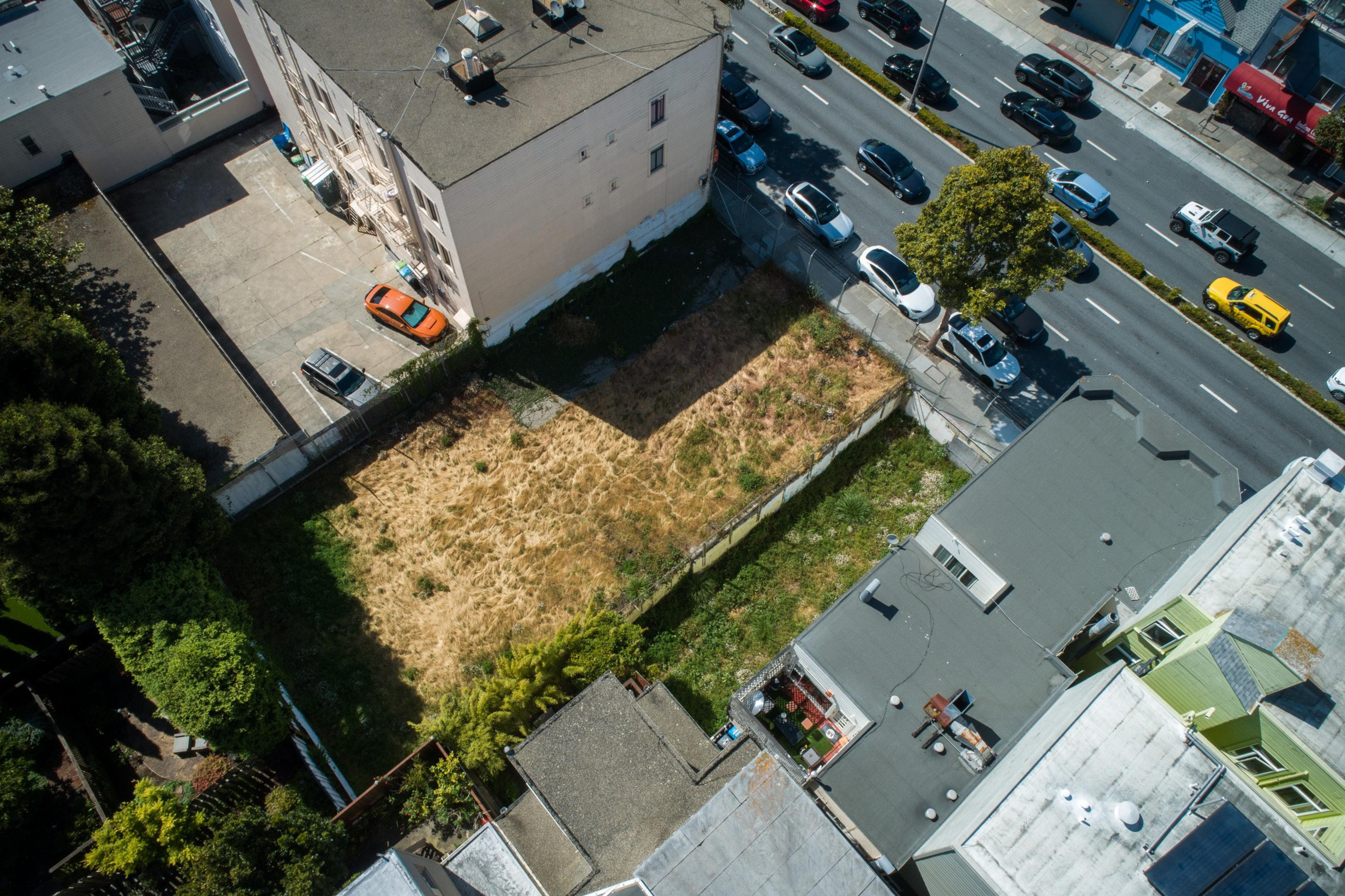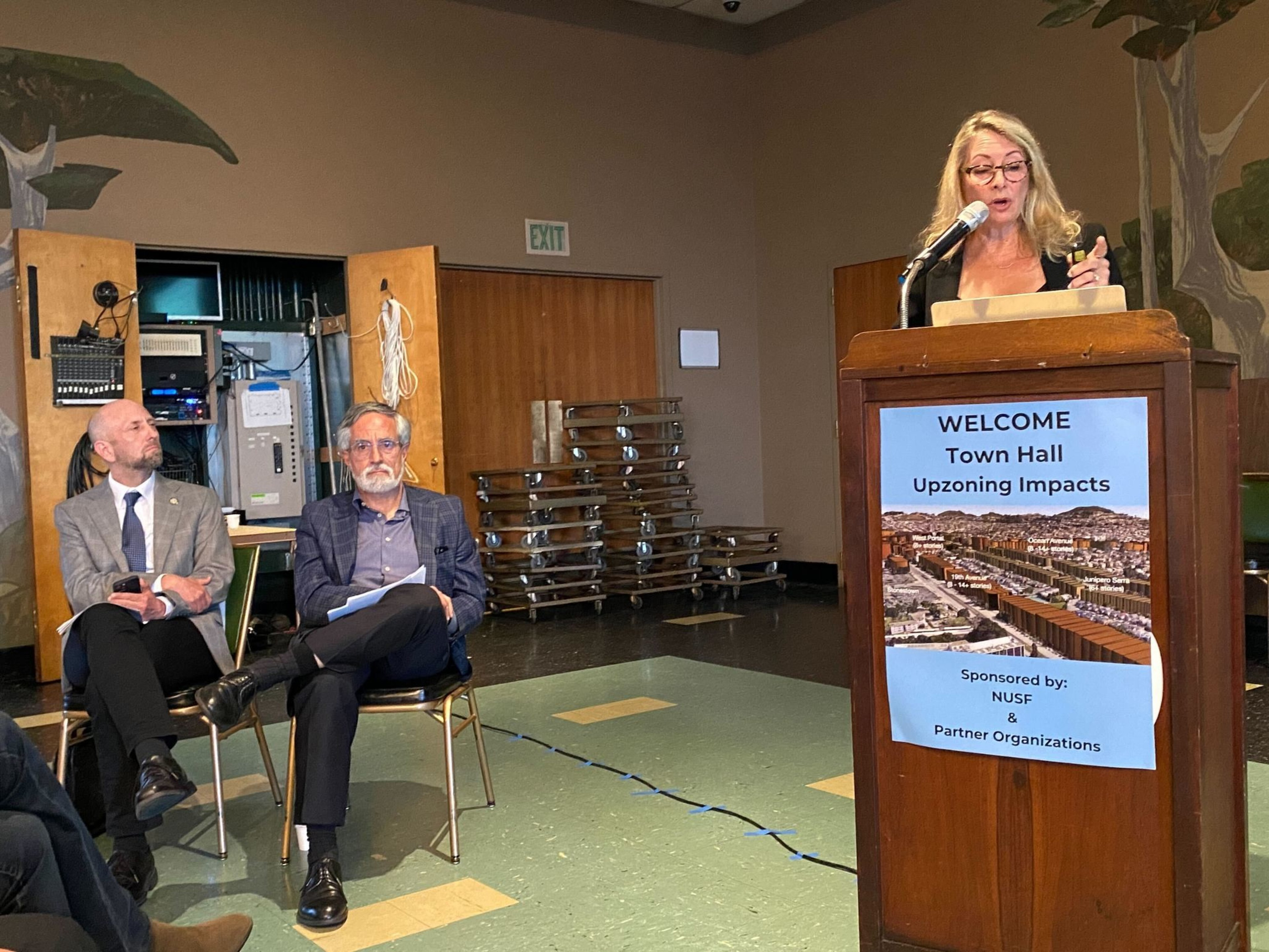Two weeks ago, I dove down the rabbit hole of Mayor Daniel Lurie’s plan to rezone a wide swath of San Francisco, raising building height limits and loosening density restrictions on the city’s northern and western sides. If I’ve learned one thing after publishing a column praising the incremental nature of the mayor’s Family Zoning Plan, it is that emotions often trump facts when it comes to neighborhood politics.
Long after this plan is codified into law (and I expect it will be), neighborhood activists will still be bickering over what the plan will, might, and ought to do. They will disagree over who’ll benefit from it and why. They’ll continue to challenge even basic facts about why the plan exists at all.
I’m not naive about changing anyone’s mind with another sober, rational recitation of the plan’s particulars. But the flurry of correspondence I received after my last column, most standing firmly against the plan, helped me see even more clearly why this plan needs to move forward.
Jessica Vistnes, a resident of District 2 on the northern side of the city, disputed that changing height limits from four stories to 14 on several blocks along Lombard Street is incremental. “I take issue with people characterizing residents as trying to ‘preserve the neighborhoods in amber,’” she chastised me. “What residents are asking for is the planning department to work WITH them on where additional housing makes sense in our neighborhoods, not impose something on them and then have town halls trying to sell it.”
This seemed like a reasonable point, so I asked Dan Sider, chief of staff for the Planning Department, to address it. His response, no surprise, was nuanced. Today, buildings on this stretch of Lombard are allowed to reach four stories, as Vistnes asserted, but under a state provision called a “density bonus,” six stories are possible. Under the new plan, various provisions would allow for six, eight, or 14 stories.
“So, yes, a 14-floor building could theoretically be built on those four blocks, though I’d note that 140 [feet] is in keeping with heights of some buildings along [nearby] Franklin Street,” Sider wrote by email. “And more importantly, it’s an appropriate height given the nature of the street and considering its 100-[foot]-wide right of way that is part of U.S. 101.”
Sider referred to such deviations from the plan’s overwhelmingly small changes as “tailored, intentional allowances.” And he noted that embarrassments like the 18-story Fontana Towers, erected along the northern waterfront in the 1960s (opens in new tab), were the result of the city not having height limits. Plus, if the city doesn’t pass the plan, the state can adopt whatever height limit it likes.
A correspondent who is freakishly knowledgeable about city matters (and wishes to remain anonymous) wrote me a long email outlining objections to the plan. “It takes a planning degree to understand the interplay of this map, the underlying 400+ page legislation, and how that all intermixes with the 16+ significant housing bills passed at the state level that impact SF,” the email began.
Like Vistnes, this citizen sees something nefarious about a city bureaucracy imposing its will — aided by state officials like Sen. Scott Wiener and Gov. Gavin Newsom, who (cue the conspiracy-theory soundtrack) happen to be San Franciscans. “Saying that we have to do it because the state requires it feels like Sheriff Bart in ‘Blazing Saddles’ holding himself hostage,” wrote my correspondent. “This whole thing has the feeling of some Kafkaesque faceless bureaucracy marching toward utopian ideals.”
I find these arguments, while colorful, to be circular. Yes, planning codes are complicated. That’s why we have public servants with planning degrees working on them, then interacting with the elected officials charged with enacting their policies. As for a lack of input, the gripe reminds me of the outcry over a lack of communication before proposed school closures were unveiled last year — despite the school district having held two virtual town halls, 16 in-person community sessions, and six information sessions with community groups, attended cumulatively by thousands of people. Sider, whose (opens in new tab)planning degrees are from UC San Diego and Harvard (opens in new tab), cited “the three-plus years of open houses, webinars, conversations, and hearings” his department conducted before and after introducing the Family Zoning Plan.
Then there are the arguments by activists who will oppose rezoning no matter what. Lori Brooke, cofounder of Neighborhoods United SF, which I have taken to task for using scare tactics to oppose the plan, sent me a five-point rebuttal that deemed the mayor’s policy proposal “an unnecessary, libertarian-billionaire and developer-driven scheme that sacrifices neighborhoods while delivering no real solutions.”
Credit Brooke for wearing her ideology on her sleeve. She believes capitalists are the problem, and she calls the supply-demand notion that more housing will lower prices “magical thinking.” She also argues, citing state data, that San Francisco’s population isn’t growing much and therefore doesn’t need more market-rate housing.
Sider challenged the premise that the city only needs to build homes to accommodate future population growth. “That might be fine,” he argued, “for those who already own their home. But anyone who needs to move to accommodate a growing family or anyone without rent control will tell you one thing: The rent is too damn high. And the same notion applies for any aspiring homeowner. The housing affordability crisis is real, and the only way out of it is by building more housing.”
Brooke also helpfully framed the politics over rezoning — by articulating a threat from the NIMBY-preservationist coalition opposing the plan. “Dismissing citizen engagement as ‘obstructing’ is insulting,” she wrote. “San Franciscans are not fools. They know when they’re being gaslit. Joel Engardio learned this lesson the hard way in District 4, and the same fate awaits officials who continue to side with YIMBY lobbyists and billionaires over their own constituents.”
Only a fool indeed would dismiss Brooke’s analysis, and surely Lurie’s team is paying close attention. Still, last week I spoke to Supervisor Chyanne Chen, a former SEIU labor organizer, who is sponsoring legislation to strengthen the city’s tenant protections and boost relocation payments in the case of evictions. Her legislation is certain to pass, because it has six cosponsors and the Planning Department has been singing its praises, implicitly signaling the mayor’s support.
I wanted to know if she’d support rezoning given that her legislation addresses concerns about the plan. She noted that the city is “obligated” to pass a plan — a fact Brooke disputes. Chen said she is focused on current and future generations of San Franciscans; notably, that new development is mindful of families. “In general, I agree we need more housing and more affordable housing,” she said; both are cornerstones of the rezoning legislation.

Chen wouldn’t say how she’ll vote on the Family Zoning Plan, noting that her colleagues continue to discuss amendments. But she didn’t say anything hostile to the plan when I gave her the opening. “I want to see the whole package,” she said. “A lot could happen.”
Great cities have to change. Change is difficult and noisy. How this important but wonky land-use dispute is resolved will determine if San Francisco wants change. Or merely wants to argue about it.



